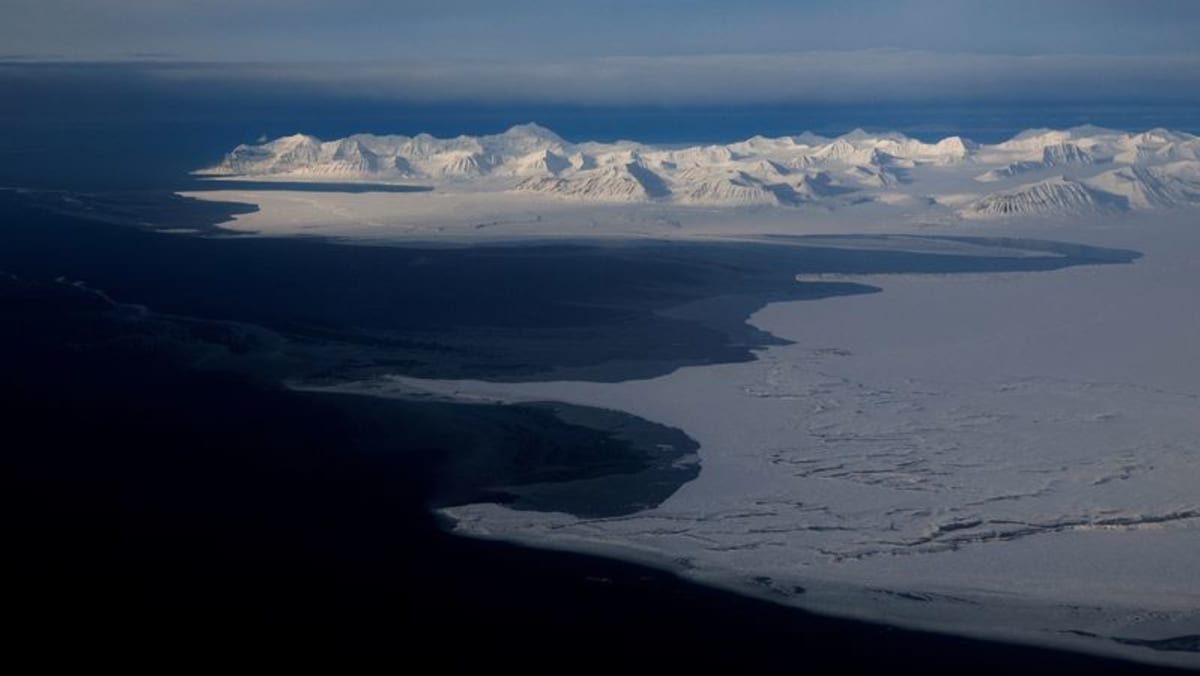PLAYING THE CLIMATE LONG GAME
At the Milken summit this week, members of the government, private sector and scientific community converged in Singapore to discuss the pressing challenges of climate change, and what needs to be done to tackle the global issue.
Ms Marsden noted that people are “really fatigued” about big climate action announcements involving millions of dollars.
“(People) are really over motherhood statements. Politicians seem to like a short cycle,” she said, adding that many politicians tend to set targets that can be easily achieved in just a few years.
But this is “a long game”, Ms Marsden stressed.
“We need sustained, strategic investment, and we need to take the public on the journey. I don’t think they want to know that we’ve got a cure, but they want to understand progress,” she added.
“We’ve got to have an honest, authentic conversation with the public and take them on the journey and inspire them to do their part.”
Accomplished mountaineer Peter Hillary, chairman of the Hillary Himalayan Foundation, agreed, adding that individual action on climate change might be small but still matters.
Collectively, there can be a “substantial change” to address the issue, he noted.
“At times, I do feel negative about it. It is a huge undertaking, but I believe in the power of people, and I think what we did during the (COVID-19) pandemic was truly remarkable.
“Everyone acknowledged that there was something we had to do, and we did it. But to be honest, the pandemic was minor in comparison to the challenge of climate change.”
FROM OCEANS TO MOUNTAINS
Mr Hillary, the son of the late Sir Edmund Hillary – who along with Nepalese sherpa Tenzing Norgay became the first men to reach the summit of Mount Everest – highlighted the rate at which glaciers in the Himalayas are melting.
“We are seeing that the glaciers in the Himalayas – which are quite large glaciers – are receding,” said Mr Hillary, who has also ascended Mount Everest himself.
“When they start to recede too quickly, you get little lakes forming, and they’re only held back by a loose moraine. And every so often, they can catastrophically release.”
But climbers are not risk-averse people, he pointed out.
“So people are still prepared to go and particularly, professional climbers are very prepared to take on these sorts of risks.”
Besides climbers, communities living there are also affected.
“It’s really for the people down valley that I think (face) the greatest danger, through these glacial lake outburst events that literally are unstoppable,” said Mr Hillary of the mountain tsunamis that can take out whatever is in their path.














